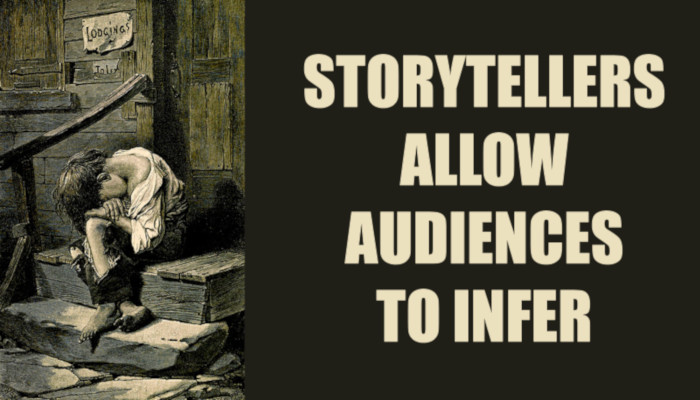
I’ve been reading about “deep learning,” the subset of artificial intelligence and machine learning that uses neural networks. The more I learn, the more I see a direct relationship between deep learning and storytelling.
Deep learning is split into two steps: training and inference. Have you ever wondered how Facebook knows that you’re in an untagged picture? Essentially, it has trained a neural network model to do so by showing it hundreds of pictures already tagged with your name. Over time, the model starts to “recognize” patterns in this training set. Finally, once the model has been trained to recognize you, Facebook shows it untagged pictures. If the model has been trained well enough, it can infer whether you’re in that untagged picture or not.
I’ve found that this learn-and-infer process also has deep roots in good storytelling.
The best storytellers base their work in inference. They’re masters at delivering just enough facts for us to infer the meaning of them.
For example, storytellers will show us:
- darkness and make a noise come from it
- a young couple in one car while the driver of an oncoming car is texting
- someone about to deliver ice cream and balloons to a sad friend
Storytellers show us these things because of our innate abilities to infer meaning from them.
- Darkness is a metaphor for the unknown. A sound that comes it is always viewed as a threat
- Texting and driving is dangerous, and so we fear for the safety of the young couple
- It’s hard to be sad around ice cream and balloons
Great storytellers say more with less by allowing us to infer from what we already know. Bad storytellers spend too much time teaching us new things.
In other words, bad storytellers describe meaning explicitly. Great storytellers allow their audiences to infer it themselves.
Image Credit: Sperry, R. T., Artist. Homeless and friendless / R.T. Sperry. New York, 1891. Photograph. https://www.loc.gov/item/2012647169/.